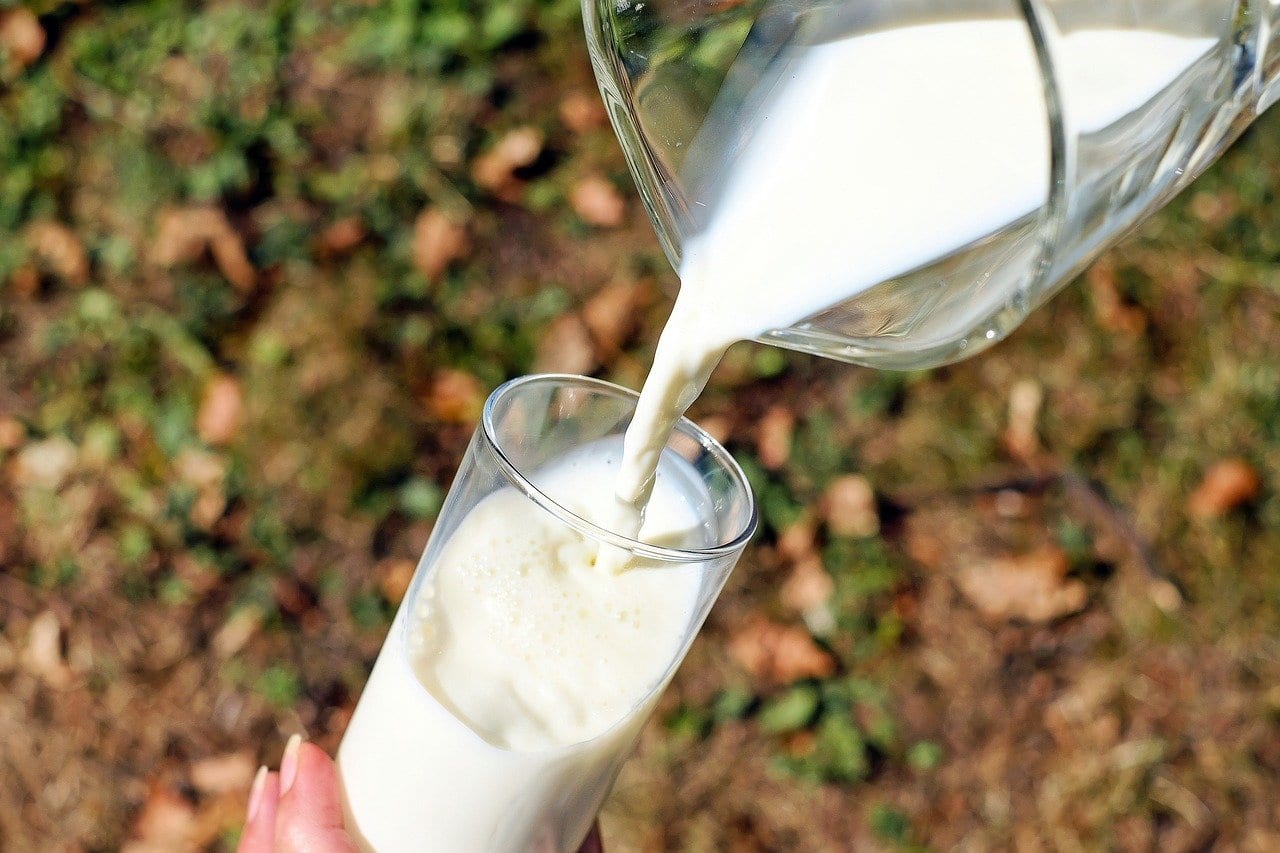There are so many things that we do differently around the world – different cultures, different customs, different preferences, and yes, different foods.
What we might not have realized before it was so easy to connect with people from any and everywhere, though, is that there are also differences as far as how we approach food storage and safety – which is kind of weird, right? If milk needs to be in the refrigerator in the States, why would it be okay on a room-temperature shelf in Switzerland?

Photo Credit: iStock
It turns out that the difference in how we store milk is because of the difference in the way we pasteurize milk.
In the States and in Canada, milk manufacturers use high-temperature short-time pasteurization (HTST), an efficient method that allows for the killing of bacteria in large batches. The downside, though, is that the results expire quickly – between 7-10 days.

Photo Credit: iStock
This is because although the method kills most bacteria, some will inevitably hang around and start to multiply the longer the milk is exposed to oxygen.
In Europe and other parts of the world, manufacturers prefer a technique called ultra-heat-treated pasteurization (UHT), which kills virtually all bacteria and resulting in milk that is shelf-stable for around 6 months unopened.

Photo Credit: iStock
You do have to refrigerate it once it is open, and because it’s exposed to such high heats, it has less sugar (and a slightly different taste).
So there you go – now you know!
Don’t freak out the next time you visit Europe and see milk sitting on the shelves – all is well!






